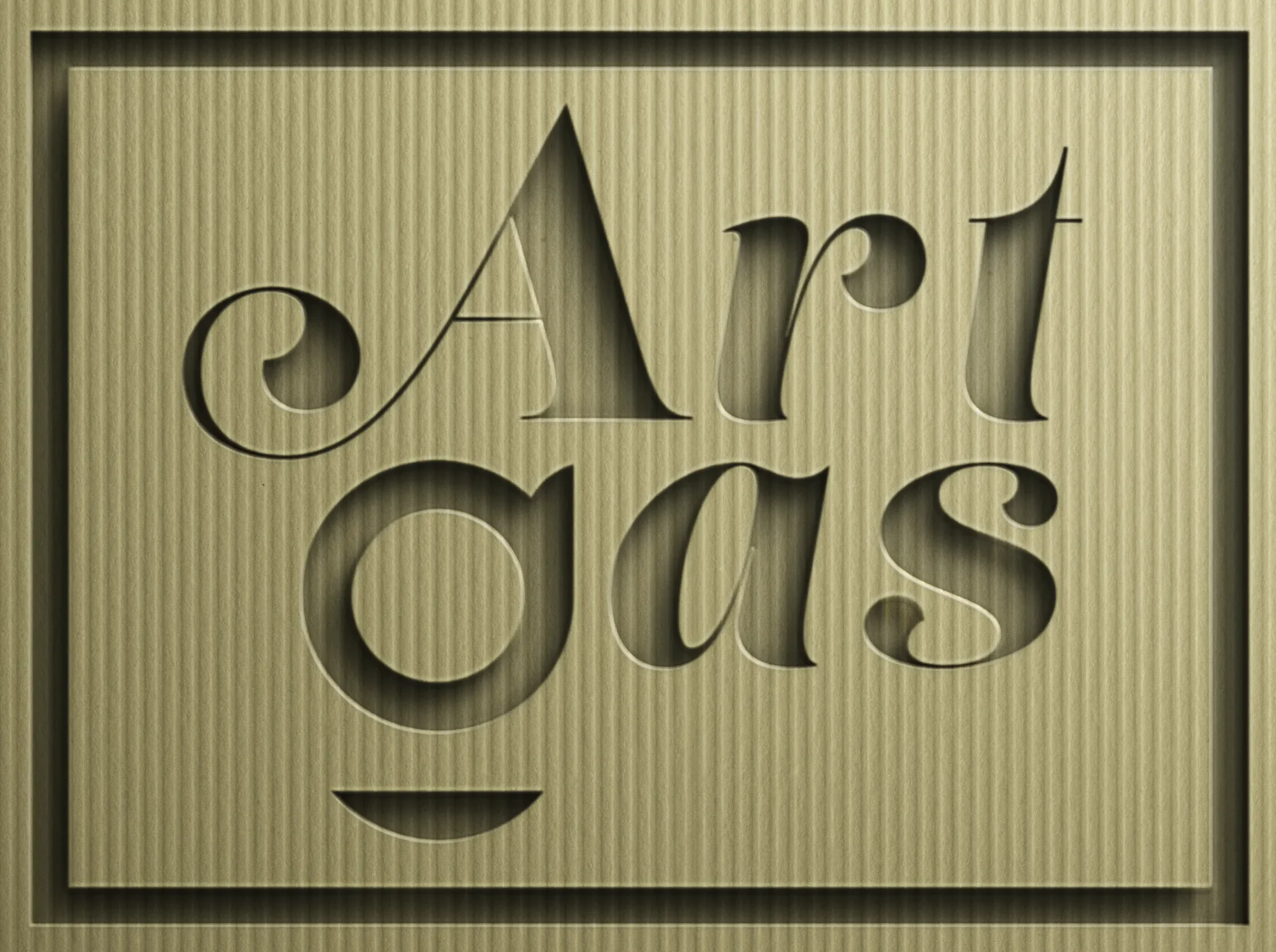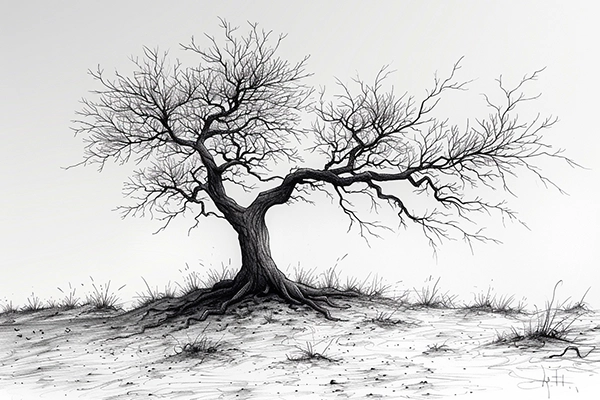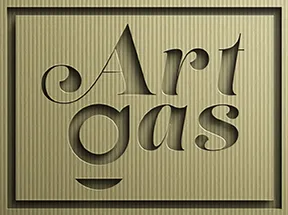A Deep Dive into the Essence and Evolution of Line Drawing Art
Line Drawing Art, a fundamental cornerstone of artistic expression, captures the essence of subjects with mere strokes, contours, and outlines. This minimalist art form, emphasizing simplicity and clarity, offers an intimate exploration of shapes, forms, and emotions. Its history stretches back to the earliest cave paintings, evolving through centuries into a versatile medium embraced in both traditional and digital realms.
A Brief History: From Caves to Digital Canvases
The lineage of Line Drawing Art is as ancient as humanity itself, beginning with prehistoric cave paintings that used simple lines to depict animals, humans, and nature. This art form flourished in various cultures and civilizations, from the hieroglyphs of ancient Egypt to the intricate scrolls of East Asia, each era and region adding its unique touch to the art of line drawing.
The Renaissance marked a significant evolution, with artists like Leonardo da Vinci and Albrecht Dürer elevating line drawing to a form of high art through detailed studies of anatomy and nature. The modern era saw line art diversify into comic strips, graphic design, and surrealism, showcasing its adaptability.
The digital age has further transformed line drawing, with artists utilizing software and tablets to create intricate and dynamic works, blending traditional techniques with modern technology.
The Appeal of Line Drawing Art
Line Drawing Art’s popularity stems from its minimalist beauty and versatility. It appeals to a broad spectrum of enthusiasts, from art collectors and students to graphic designers and illustrators. Its simplicity allows for immediate emotional connection and interpretation, offering both artists and viewers a meditative exploration of essential forms and narratives.
Top 10 Classic Variations of Line Drawing Art
- Contour Drawing: Focuses on the outer edge of subjects, creating a silhouette that captures the essence of the form.
- Gesture Drawing: Captures the action, movement, and expression of subjects, often used in figure drawing to convey emotion.
- Hatching and Cross-Hatching: Techniques that use closely spaced parallel lines (hatching) and intersecting lines (cross-hatching) to create texture and shading.
- Stippling: Uses dots of varying density and size to build up tones and textures, offering a unique approach to line drawing.
- Engraving Style: Characterized by fine lines cut into a surface, historically used for illustrations in books and periodicals.
- Wireframe Drawing: Similar to contour drawing but includes essential interior lines, resembling the structure of a wire model.
- Architectural Drafting: Precision line drawings used in architecture to represent buildings, using specific symbols and scales.
- Abstract Line Art: Focuses on non-representational forms, using lines to create compositions that evoke emotions or concepts.
- Calligraphic Lines: Incorporates the fluid and expressive qualities of calligraphy into line drawings, often blending text and imagery.
- Schematic and Technical Drawing: Utilizes lines to represent mechanical or electrical systems, emphasizing clarity and precision.
Top 10 Digital or AI Variations of Line Drawing Art
- Vector Line Art: Created using vector graphics software, allowing for clean, scalable lines ideal for logos and graphic design.
- 3D Modeling Wireframes: Uses digital lines to create three-dimensional models, essential in animation and game design.
- Digital Sketching: Emulates traditional sketching techniques using tablets and styluses, offering artists flexibility and endless possibilities.
- Algorithmic Art: Generates line drawings based on mathematical formulas, creating complex patterns and designs.
- Interactive Line Art: Combines line drawing with interactive technology, allowing viewers to engage with the art in innovative ways.
- Generative Line Portraits: Utilizes AI to transform photographs into stylized line drawings, offering a modern twist on portraiture.
- Augmented Reality (AR) Sketches: Blends line art with AR technology, creating immersive experiences that overlay drawings onto the real world.
- Digital Zentangles: Adapts the meditative practice of Zentangle drawing to digital platforms, emphasizing pattern and form.
- Animated Line Art: Brings line drawings to life through animation, adding movement and narrative to static images.
- Neural Network Doodles: Uses deep learning algorithms to turn doodles into detailed line drawings, pushing the boundaries of creativity and AI.
Noteworthy Artists and Resources
- Classic: Albrecht Dürer, Leonardo da Vinci, Hokusai
- Digital/AI: Zach Lieberman (Algorithmic Art), Patrick Tresset (AI Portraits)
FAQs About Line Drawing Art
- What materials are used in traditional line drawing?
- Traditional line drawing can be done with pencils, pens, ink, markers, or any tool that can produce a distinct line on paper or another surface.
- How has digital technology impacted line drawing art?
- Digital technology has expanded the possibilities of line drawing, allowing for new techniques, styles, and interactive experiences, making it more accessible and versatile.
- Can line drawing be considered a form of meditation?
- Yes, the simplicity and focus required in line drawing can offer a meditative practice, helping artists and hobbyists to relax and center their thoughts.
- Is line drawing art suitable for beginners?
- Absolutely. Line drawing’s simplicity makes it an excellent entry point for beginners, teaching the fundamentals of shape, form, and composition.
- How do I start learning line drawing art?
- Begin with basic exercises, such as contour drawing and simple sketches, to develop your observation skills and understanding of lines. Online tutorials, art classes, and practice are key to improvement.
- What is the difference between line art and sketching?
- Line art often refers to a finished, clean drawing with deliberate lines, while sketching is more about rough, exploratory drawings used to study or plan a composition.
- Can line drawing include color?
- While traditionally focused on black and white, line drawings can incorporate color to highlight, contrast, or add depth to the artwork.
- How do I improve my line drawing skills?
- Practice regularly, study the works of both classic and contemporary line artists, and experiment with different materials and techniques.
- What are some challenges of digital line drawing?
- Mastering the digital tools and software can be daunting for beginners, and creating natural, fluid lines digitally requires practice and skill.
- Are there any online communities for line drawing artists?
- Yes, there are many online platforms and social media groups where line drawing artists share their work, offer feedback, and connect with like-minded individuals.
Conclusion: Why Art Gas’s Line Drawing Collection is a Must-See
Line Drawing Art, with its rich history and adaptability, continues to captivate and inspire. From the delicate contours of traditional sketches to the dynamic lines of digital creations, this art form offers something for everyone. Art Gas’s collection of Line Drawing Art represents a curated selection of both classic and contemporary works, showcasing the versatility and beauty of lines in storytelling and expression. Whether you’re an art aficionado, a budding artist, or simply someone who appreciates the elegance of minimalism, our collection offers a unique insight into the world of line drawing. Explore the timeless charm and modern innovation of Line Drawing Art at Art Gas, and discover why this form remains a vital and vibrant medium in the art world.
SEO Keywords: Line Drawing Art, traditional line drawing, digital line art, contour drawing, hatching, stippling, algorithmic art, AI line drawing, vector line art, interactive art, art history, beginner line drawing, digital sketching.


